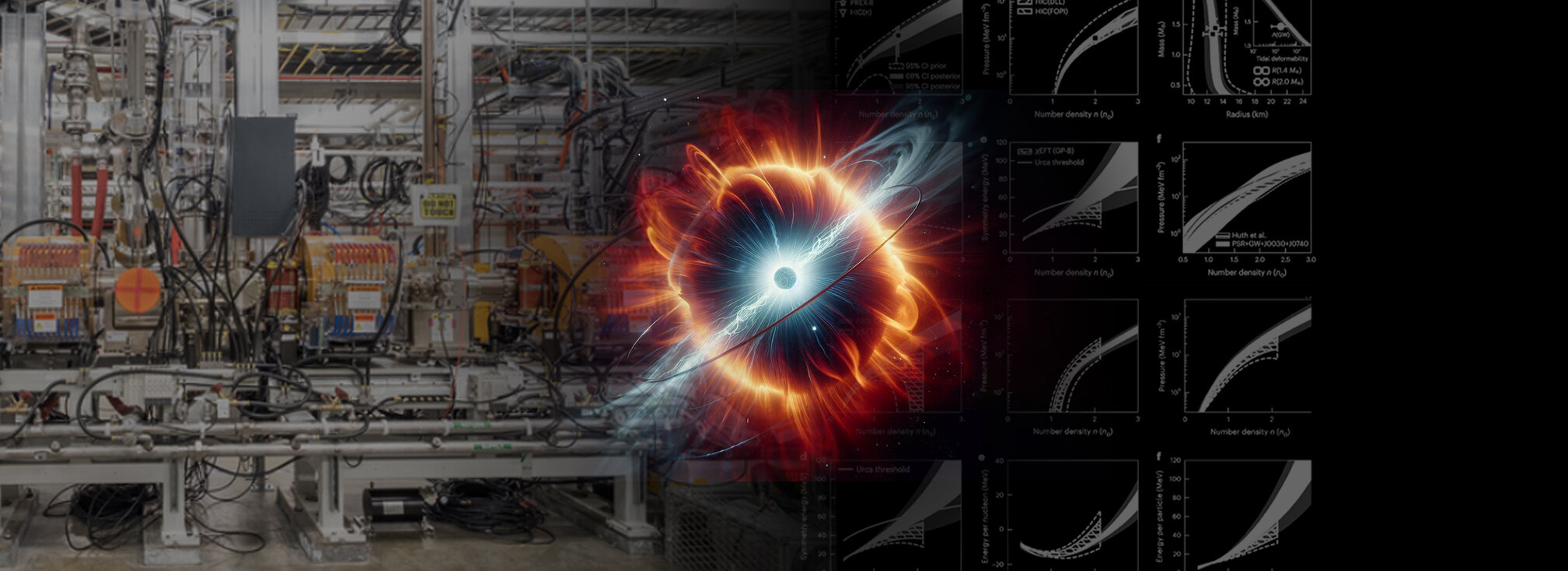When massive stars reach the end of their life cycle, they undergo a dramatic transformation into neutron stars or black holes. Neutron stars are incredibly dense objects formed when a supergiant star collapses on itself, packing the mass of our sun into a space as small as 13 to 18 miles wide. Within these dense stellar environments, electrons combine with protons to create a core mainly composed of neutrons. Scientists study this phenomenon by replicating dense matter in the lab through colliding neutron-rich nuclei and conducting precise measurements.
Professor Lynch, an expert in nuclear physics at FRIB and Michigan State University, highlights the unique opportunity stars provide to explore nuclear physics on a grand scale. While nuclear forces are crucial in stars, the exact composition of their interiors remains a mystery, making them intriguing subjects for research.
When a star with 20-30 times the mass of the sun exhausts its fuel, it undergoes a supernova explosion, leaving behind a neutron star formed from the star’s core. These neutron stars, devoid of fuel, gradually release their remaining heat into space over time.
Scientists believe that the outer core of a cold neutron star resembles atomic nuclei but with significant differences in size, density, and neutron content. The inner core composition of neutron stars continues to puzzle researchers, presenting a fascinating area for further exploration.
2024-04-19 12:51:02
Post from phys.org
